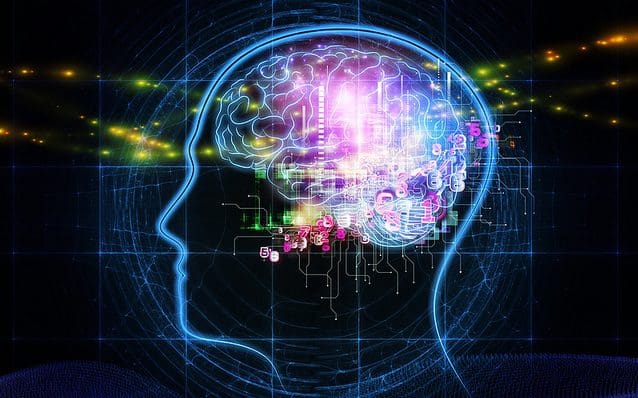The rise of artificial intelligence (AI) continues to generate concerns. The latest furore emerged at the start of this week. Researchers in the top ranked University College London computer science department claimed that an AI algorithm correctly predicts the outcome of 79 per cent of cases heard at the European Court of Human Rights.
The current fear of AI, certainly among the arts graduates who write the editorials in the national quality press, is such that the study was firmly denounced. Computers can never replace human knowledge and experience in these matters.
But in real life, algorithms are increasingly being used by law firms. The law is essentially a series of rules which have been developed over time. Many areas of civil law are enormously complex. Computers can sift through huge amounts of material and save a great deal of expensive human time.
The use of AI is proliferating rapidly in many diverse areas, from the early identification of diseases and the reduction of energy costs for data centres, to the decision on whether or not to grant a loan. An article in the latest issue of the august scientific journal Nature by Kate Crawford and Ryan Calo shows that investment in technologies that use AI in the United States has soared from some $400m in 2011 to well over $2bn last year. They quote IBM’s chief executive, Ginni Rometty, saying that she sees a $2 trillion opportunity in AI systems over the next decade.
Earlier this month, the White House published its report on the future of AI, based on four workshops with leading specialists held across America on how AI will change the way we live.
The US government recognises that this highly disruptive new technology creates new risks in many ways. But so, too, did the railways.
During the opening ceremony of the Liverpool to Manchester line in 1830, the engine Rocket hit and killed a cabinet minister, William Huskisson. Serious suggestions were made that men with red flags should walk in front of trains, which would have defeated the whole point of the technology. But these risks did not stop railways from spreading across the world. In the same way, the White House report concludes that “AI holds the potential to be a major driver of economic growth and social progress”.
The report is packed full with both interesting information and perspectives on AI. But it is also a case study in why the United States continues to be by far the most innovative economy in the world. By and large, the Americans leave innovation to commercial companies. But where the national interest is concerned, the public sector works in symbiosis with the private. They plan a huge programme of basic research in AI, but with a firm eye to its practical application. Just as the US did with biotech, the aim is to develop a critical mass of money, skills and ideas funded by the government, which companies then build on. America is once again embracing the future.
Paul Ormerod
As published in CITY AM on Wednesday 27th October
Image: Artificial Intelligence by A Health Blog is licensed under CC BY 2.0


